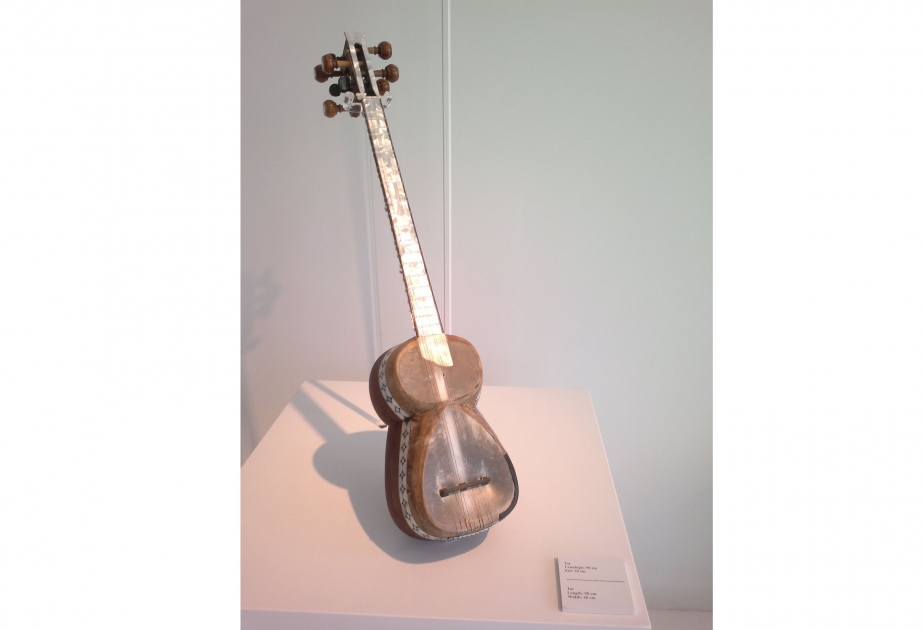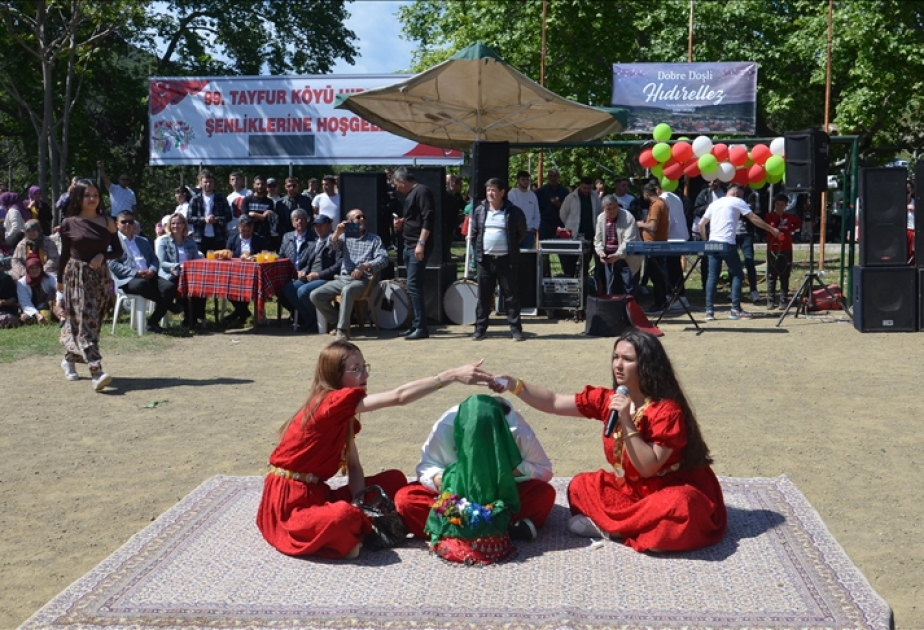CULTURE
Tar: Azerbaijani musical instrument protected by UNESCO as world’s cultural heritage

Baku, January 12, AZERTAC
The great Azerbaijani poet and thinker Nizami Ganjavi dedicated the following lines to the magical musical instrument of tar: “Singer, play the tar at last least one night // And bring me relief from the torment that life gives me”.
Tar is one of the few national instruments for which famous Azerbaijani composers wrote music, concerts and orchestras.
Tar brilliantly conveys all the richness of sound reflecting both Oriental and European classical music. Without him, it would be impossible to express the musical and philosophical content of Azerbaijani mugham. As if God himself created the inseparable connection in which tar reveals the philosophical glory and beauty of mugham by translating it into music. This is evidenced by performance history of prominent Azerbaijani masters of the tar, who captivated the public with the sound of this oriental instrument before the most diverse audience on world stages.
The sound of the tar is clearly affected by the quality of mulberry and walnut wood which the tar is carved from, how properly they are dried, and how strictly manufacturing stages are observed. It depends to a large extent on the talent, experience and intuition of the master making the tar, on his sense of music, and love for his work. These qualities allow the use of the tar as a solo, accompanying instrument.
The tar, which appeared in Azerbaijan in antiquity, originally had only five strings, large and deep body on the long neck of which were tied 27-28 frets. Due to its heaviness, the tar was kept either on the knees or lower chest during performances. Certainly it produced a different sound from the one we hear today, but there was something in its imperfect tones (specialists say it was gentle and quiet) which allowed the tar to stand the test of time. In the 1970s, a prominent Azerbaijani musician and master of the tar, a native of Karabakh (Shusha), Mirza Sadig Asad oglu (1846-1902), also known as Sadigjan made a real revolution of the tar which he had a great talent for.
Sadigjan introduced a number of important innovations to the structure of the tar. Those changes affected the body, strings and frets of the instrument. He was first to increase the number of strings to 18, then reduced them to 13. He left 22 strings on the neck of the instrument. The neck was attached to a bulge on the body of the instrument to avoid deformation. Inside the bulge he installed a wooden brace. He also reduced the depth of the body, straightened the sides, thereby extending the upper part of the body and increasing the power of sound. These and other changes reduced the weight of the tar which made it possible to hold the instrument against the chest without bending down. Most importantly, the reconstruction affected the quality of the sound of the instrument, its timbre.
“Azerbaijani tar” began to gain popularity in the Orient, and Sadigjan, besides being a talented tar performer, was now known everywhere as the “father of the Azerbaijani tar”.
Through the efforts of the founder of Azerbaijani opera, Uzeyir Hajibeyli, tar classes were opened in all musical institutions in the country, music was composed specially for it and the tar took its rightful place not only in national but also in symphony orchestras. The school of national instruments performance based on notes founded by him further expanded technical and artistic potential of the tar. As the leading instrument in the mugham trio (tar, kamancha, gaval) tar played a crucial role in the development of the art of mugham. In Hajibeyov’s mugham operas (“Leyli and Majnun”, “Asli and Karam”) vocal pieces were accompanied by the tar.
This unique instrument continues to play a significant role in the art of Azerbaijani mugham to date, both as a part of the mugham trio and as a solo.
At the seventh session of the Intergovernmental Committee for the Safeguarding of the Intangible Cultural Heritage, which was held in Paris from 3 to 7 December 2012, “Craftsmanship and performance art of the tar, a long-necked string musical instrument” was included on the UNESCO’s Representative List of the Intangible Cultural Heritage of Humanity.








